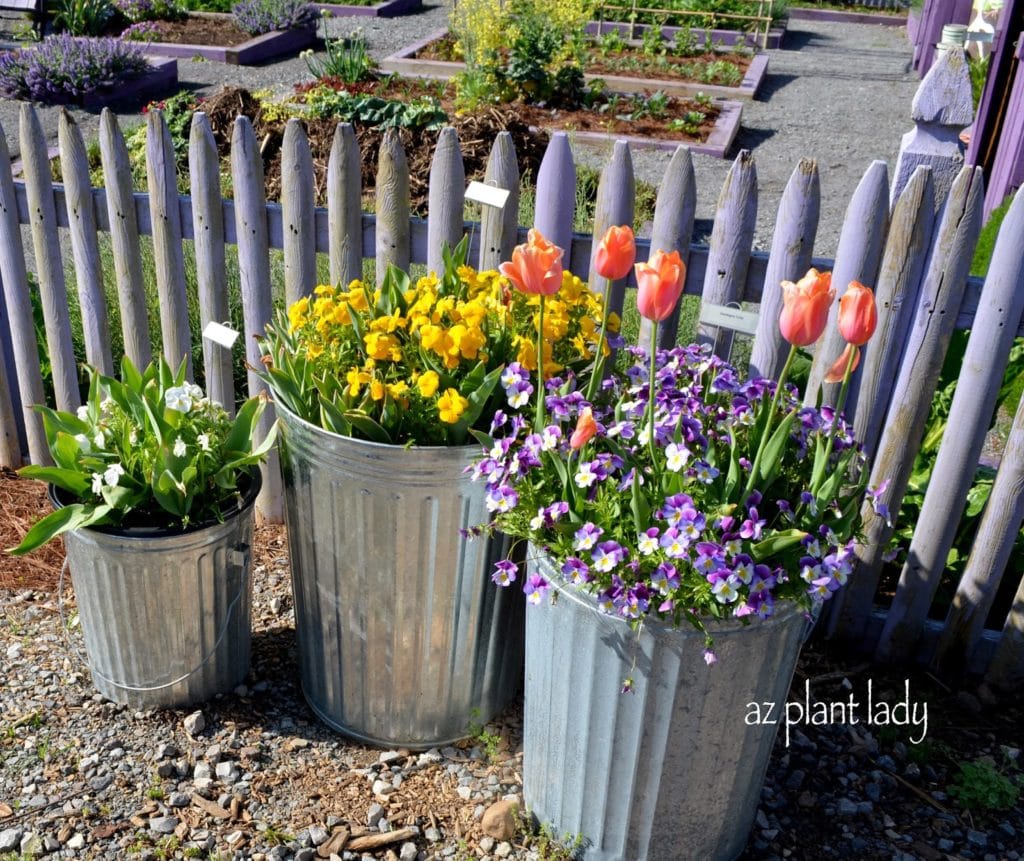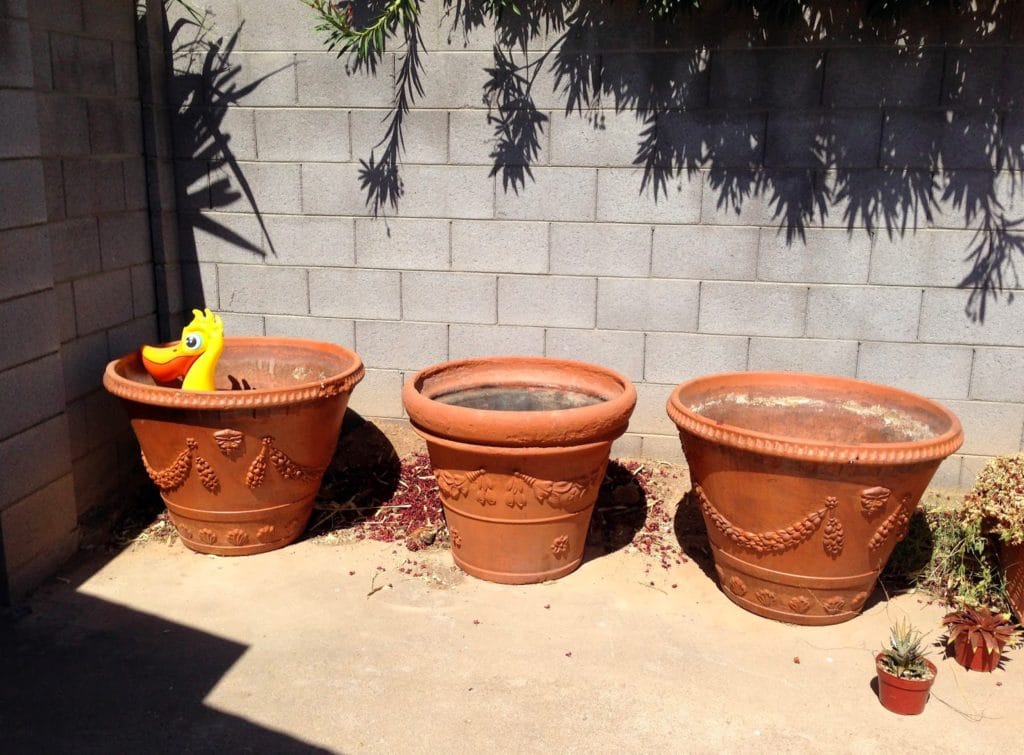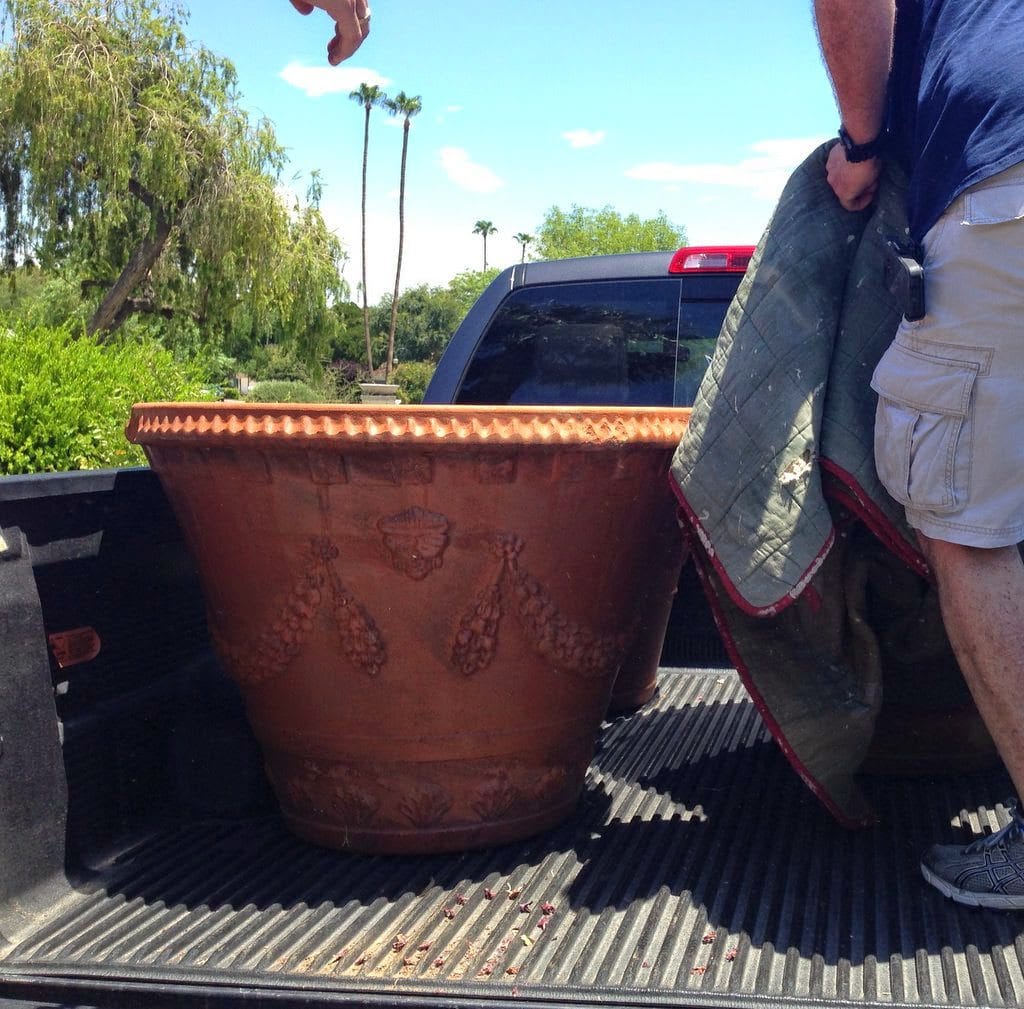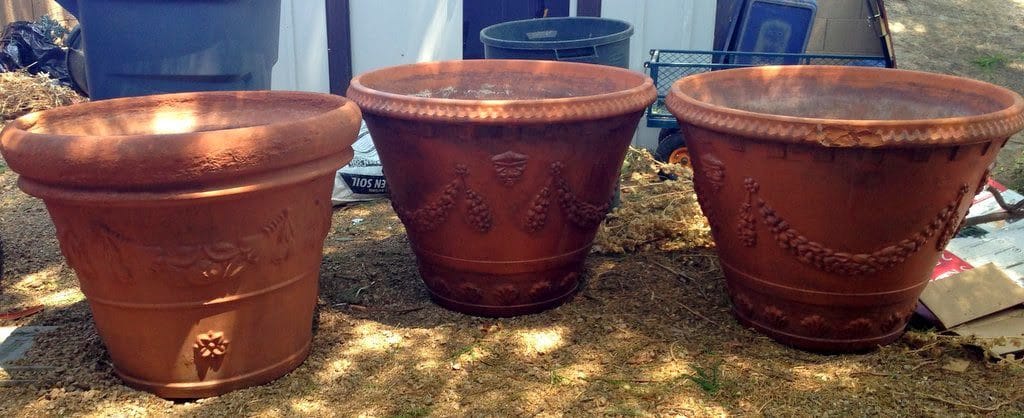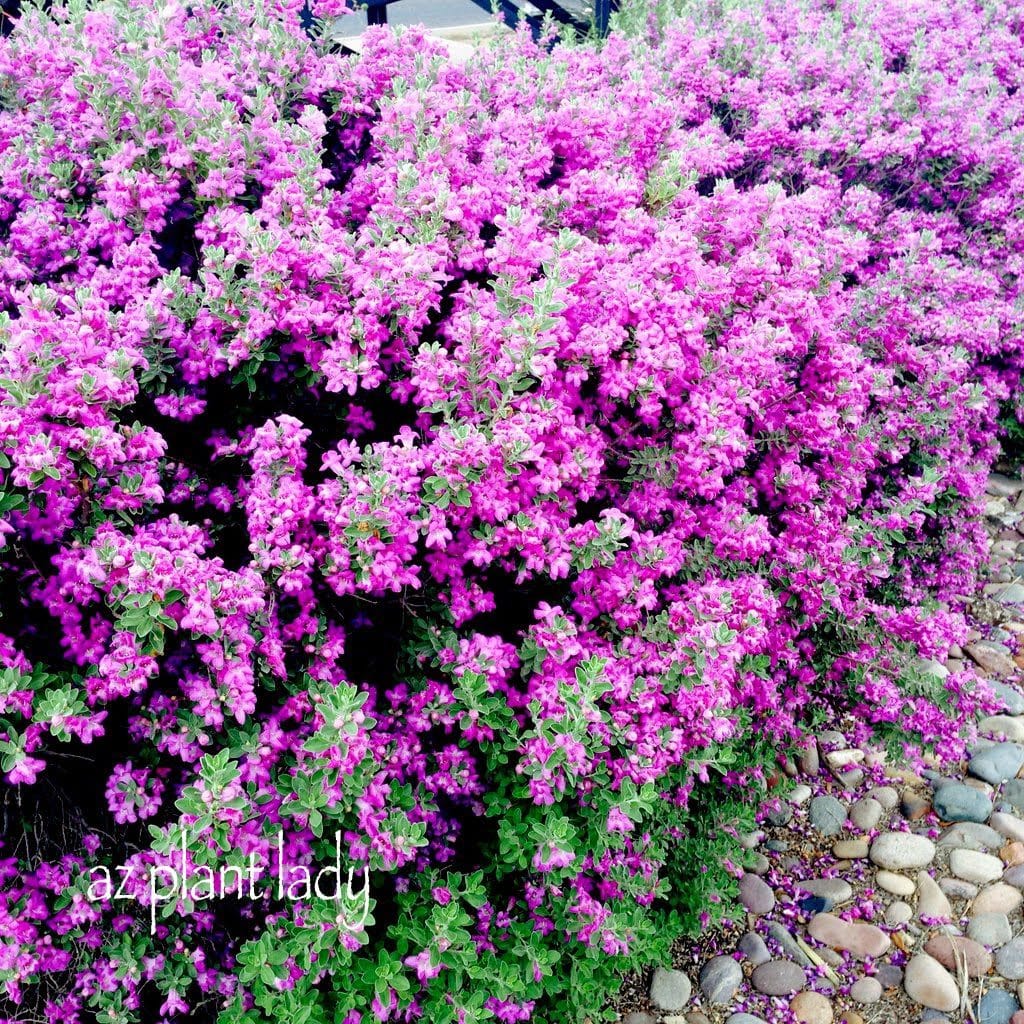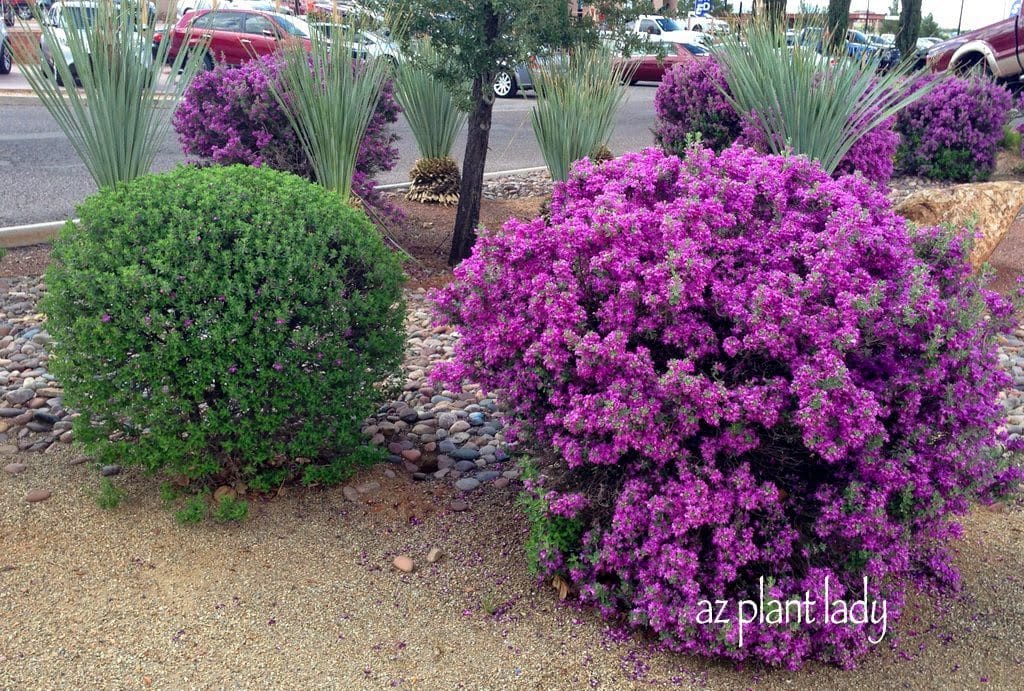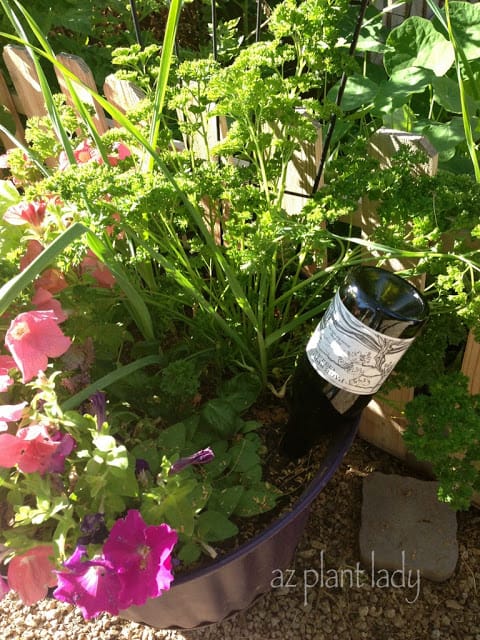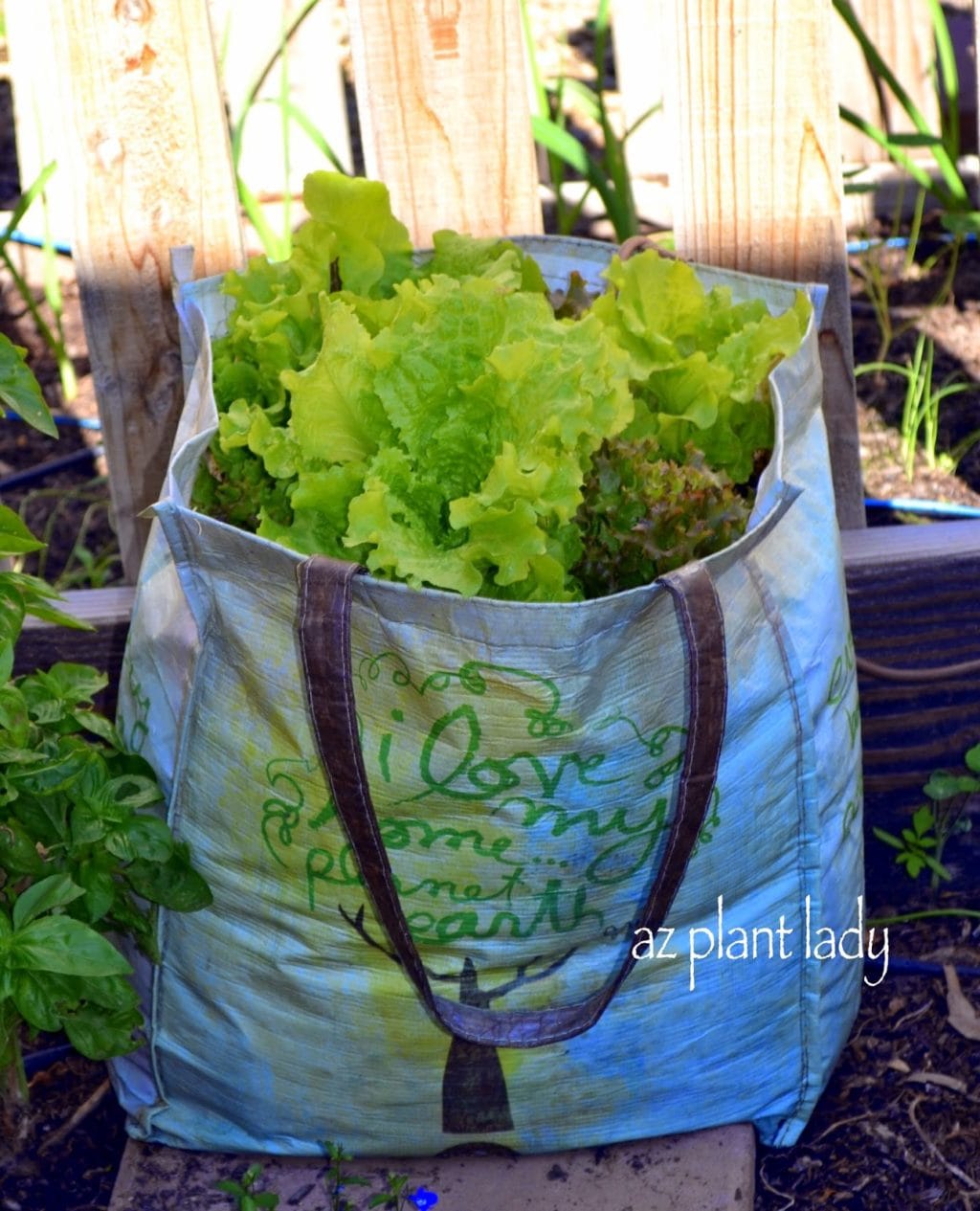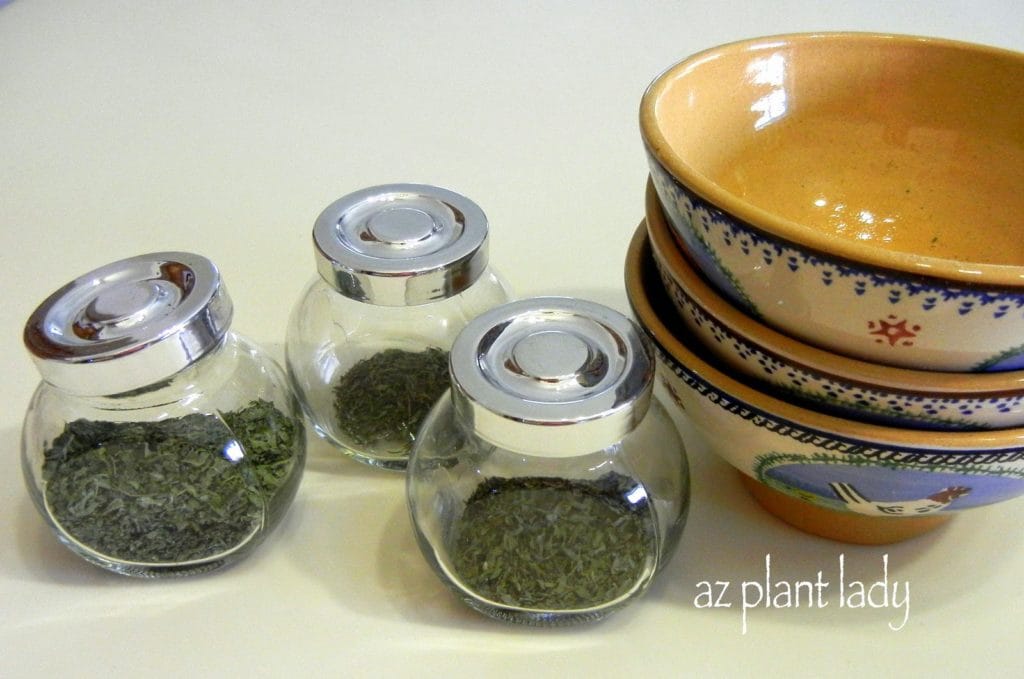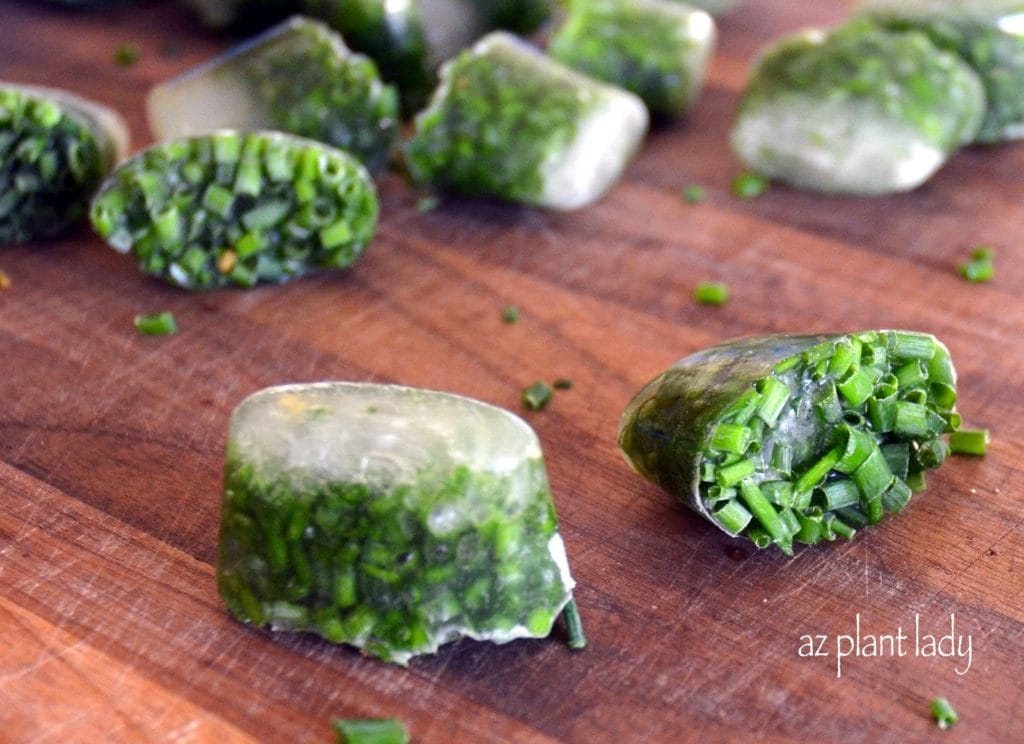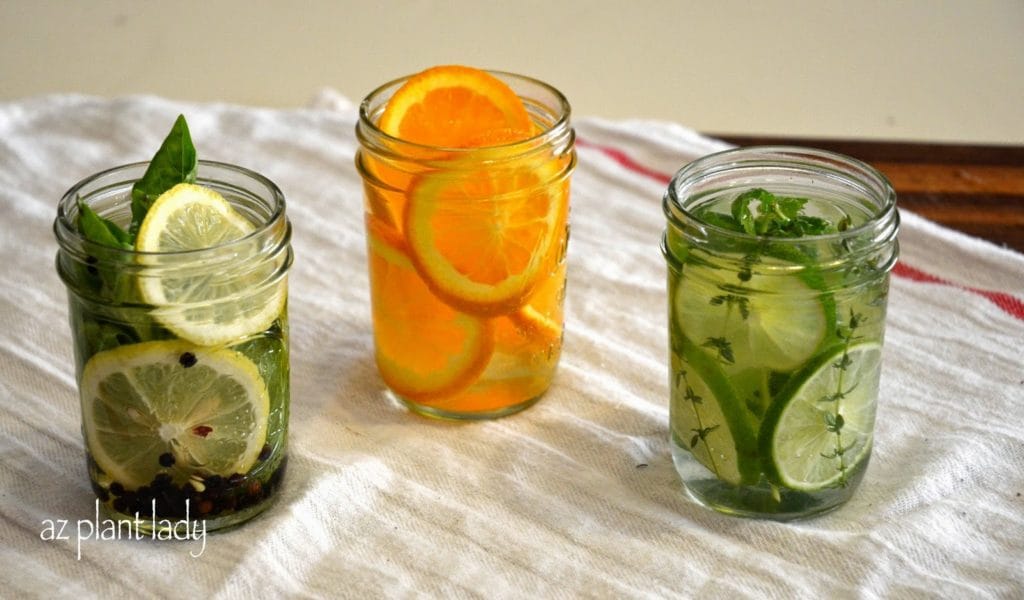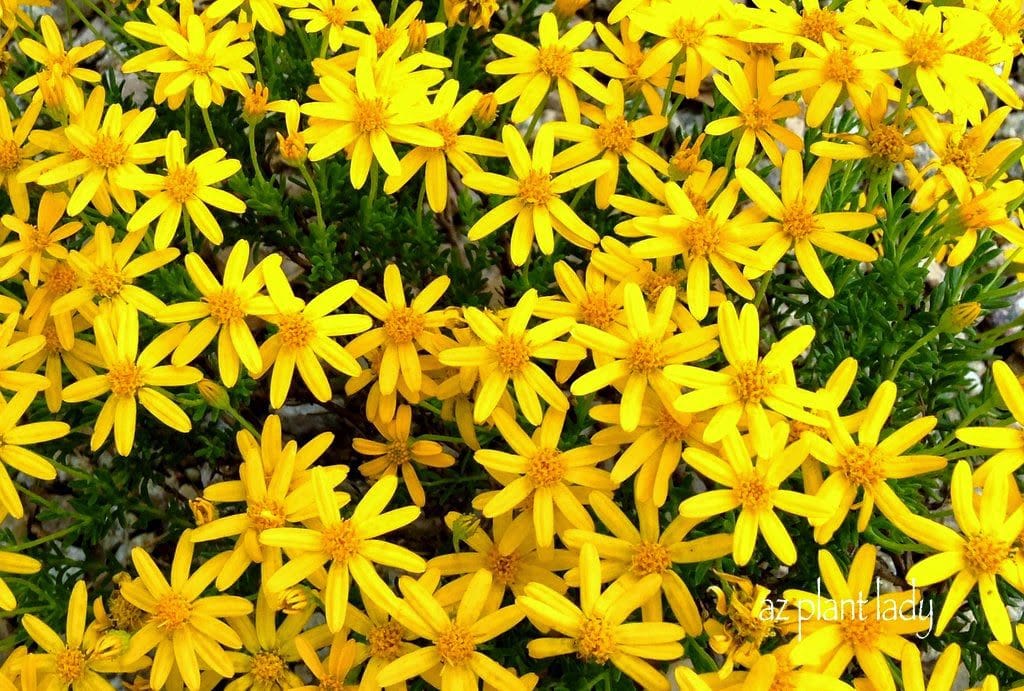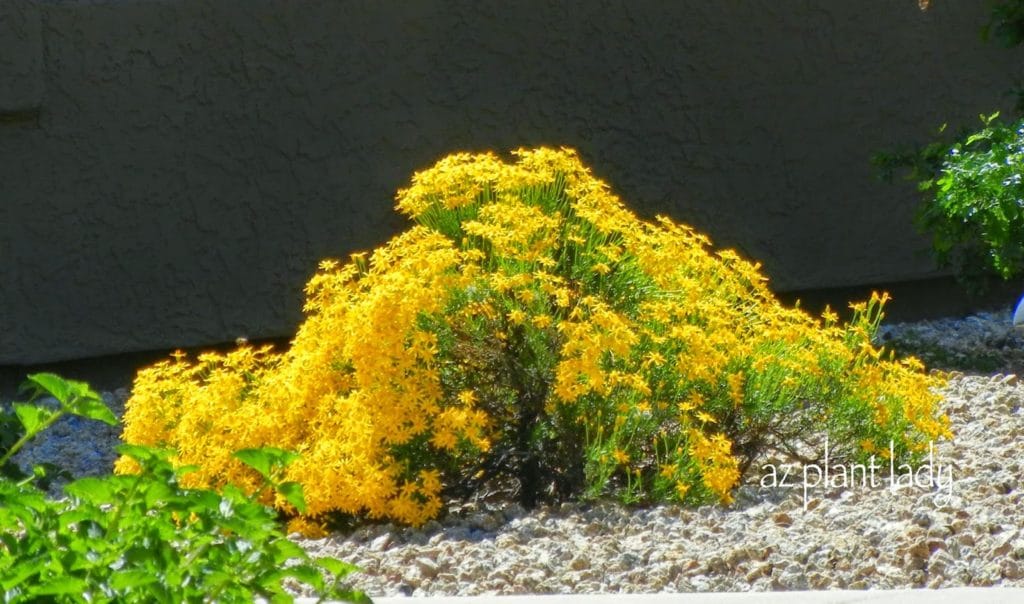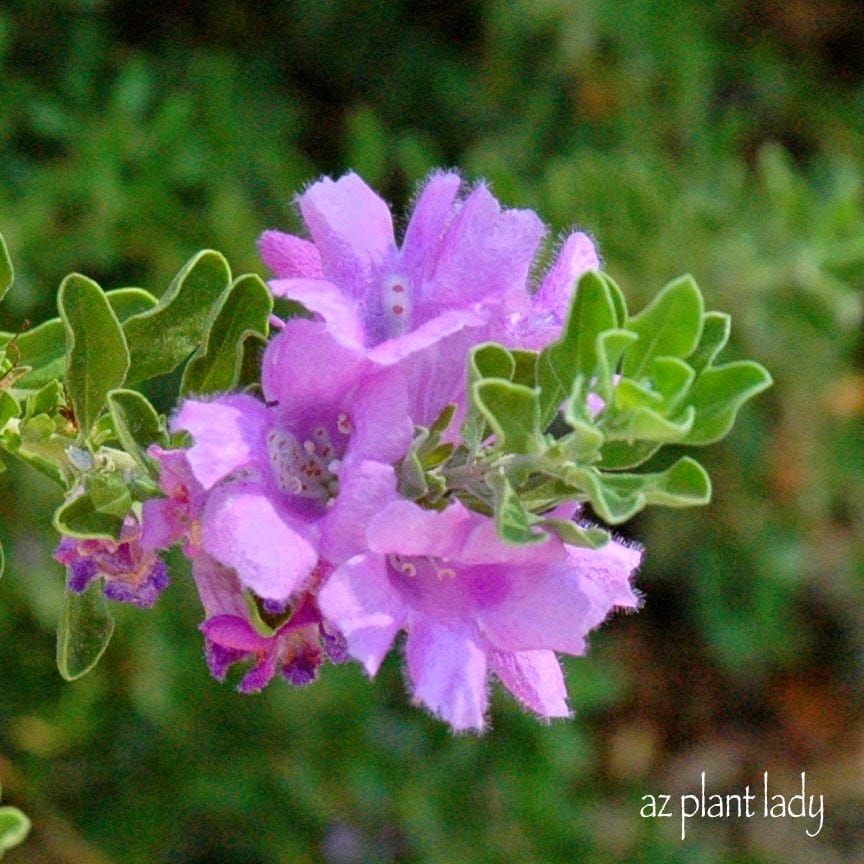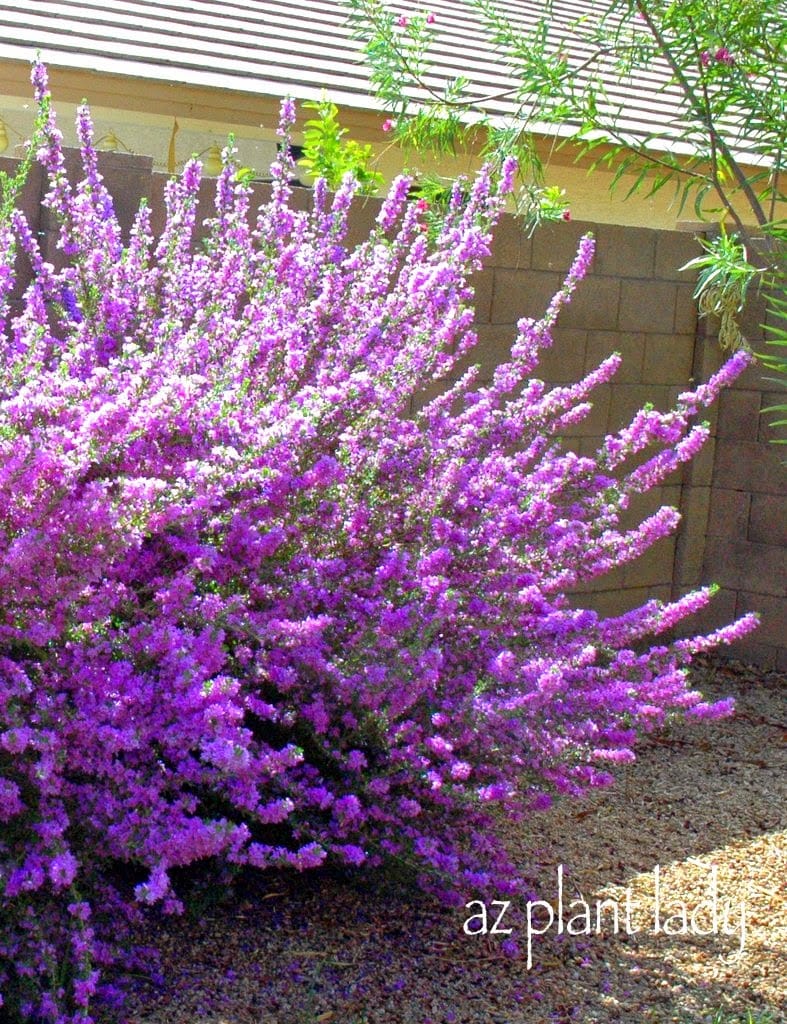Do you like to container garden?
I do.
I have annual flowers, herbs, succulents and vegetables growing in a variety of containers around my garden.
Containers are a great way to expand the boundaries of your garden. Even if you don’t have any piece of earth to grow a plant in, you can create a garden in a pot.
A couple of weeks ago, I saw some beautiful containers at a client’s home.
As you can see, they weren’t being used except to hold a child’s pool toy.
The pots were from Italy – Tuscany to be exact.
The pots had come from her husband’s restaurant, which had recently had their landscape redesigned and no longer needed the pots. So, he brought the pots home where they have sat ever since.
My client mentioned that she was trying to get rid of them and did I know of anyone who would want them?
Are you kidding me?
Of course, I knew of someone who would want them….me!
Now, I just had to figure out how to get them to my house. These pots were big and heavy. But, I knew of at least two strong men who would maybe help me out.
My husband and nephew were kind enough to come out on a very hot afternoon and help me out.
The pots were quite heavy, but they were able to get them up into our truck bed with a little help from me.
The pots were a little heavier than we expected, but finally we got all three up into the truck.
On the way home, we stopped by a Dairy Queen for ice cream sundaes and to cool off.
I can’t believe that I didn’t have to pay anything for these pots, saving me hundreds of dollars.
Of course, I am so thankful for the generosity of my client.
Now I just have to figure out what to plant in them. I will be using them in my back garden, which I hope to re-design this winter.
What would you plant in them? I’d love to hear your ideas…
Come back tomorrow, when I will begin sharing a week’s worth of unique containers that I hope you enjoy!
Unique Containers: Day 2 – ‘Trashy’ Containers
